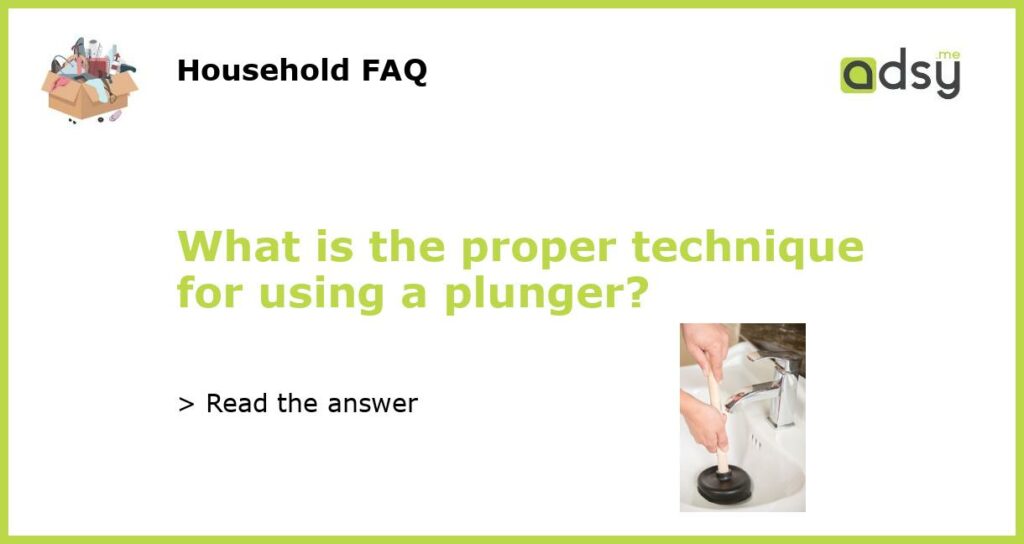Understanding the Proper Technique for Using a Plunger
When faced with a clogged toilet or sink, a plunger is often the go-to tool for many people. However, not everyone is aware of the proper technique for using a plunger effectively. In this article, we will discuss the step-by-step process of using a plunger correctly to unclog drains.
Gather the Necessary Supplies
The first step in using a plunger effectively is to gather the necessary supplies. Apart from the plunger itself, you will need gloves and a bucket. Gloves are essential for maintaining proper hygiene and protecting your hands from any harmful substances. The bucket is useful for draining excess water or collecting any overflowing mess during the process.
Create a Good Seal
The key to using a plunger successfully is creating a good seal between the plunger and the drain. To do this, place the plunger over the drain opening, ensuring that it covers the entire area. If you’re using a toilet plunger, make sure the flange end is facing the drain hole. The plunger should be submerged in enough water to cover the rubber part.
Apply Pressure and Pump
Once you have created a good seal, it’s time to apply pressure and start pumping. Hold the plunger upright, with the handle held firmly. Begin by pushing the plunger down gently, allowing the trapped air to escape. Then, pull the plunger back towards you forcefully, creating a suction effect. Repeat this plunging motion several times, maintaining a steady rhythm.
Check for Drainage
After you have pumped the plunger several times, remove it from the drain and check for drainage. If the water starts to drain, you have successfully cleared the clog. However, if the water is still stagnant, repeat the plunging process several more times.
Preventing Future Clogs
Once you have successfully unclogged the drain, it’s important to take steps to prevent future clogs. Avoid flushing large quantities of toilet paper, sanitary products, or other non-biodegradable materials down the toilet. In the kitchen, refrain from pouring grease or oil down the sink as these can solidify and cause clogs. Additionally, using a drain cover can help catch hair and other debris before it goes down the drain.






